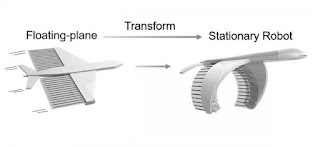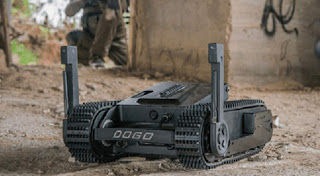News Audiobooks on Latest Innovations

Important Innovation Collection Audiobooks Just Published Latest Innovations in Robotics and Renewable Energy This week ACX published two more of our innovation news audiobooks: "Important Innovations Collection: Robotics" and "Important Innovations Collection: Energy". They join "Important Innovations Collection: Travel" that was first published. Unique News Summaries on Breaking Global Innovations The co-authors and narrator are US national television journalists Ed Kane and Maryanne Kane. The audiobooks are unique and highly valuable news accounts, written by Ed and Maryanne, of the latest global breakthroughs in innovation. Sample Links and Free Codes for Important Innovations Collection: Energy For easy access for a free sample listen, in the US https://www.audible.com/pd/B07XTP1N8Z/?source_code=AU In the UK, https://www.audible.co.uk/pd/B07XLNX35Y/?source_code=AUKFrDlWS02231890H6-BK-ACX0-164309&ref=acx_bty_BK_ACX0













